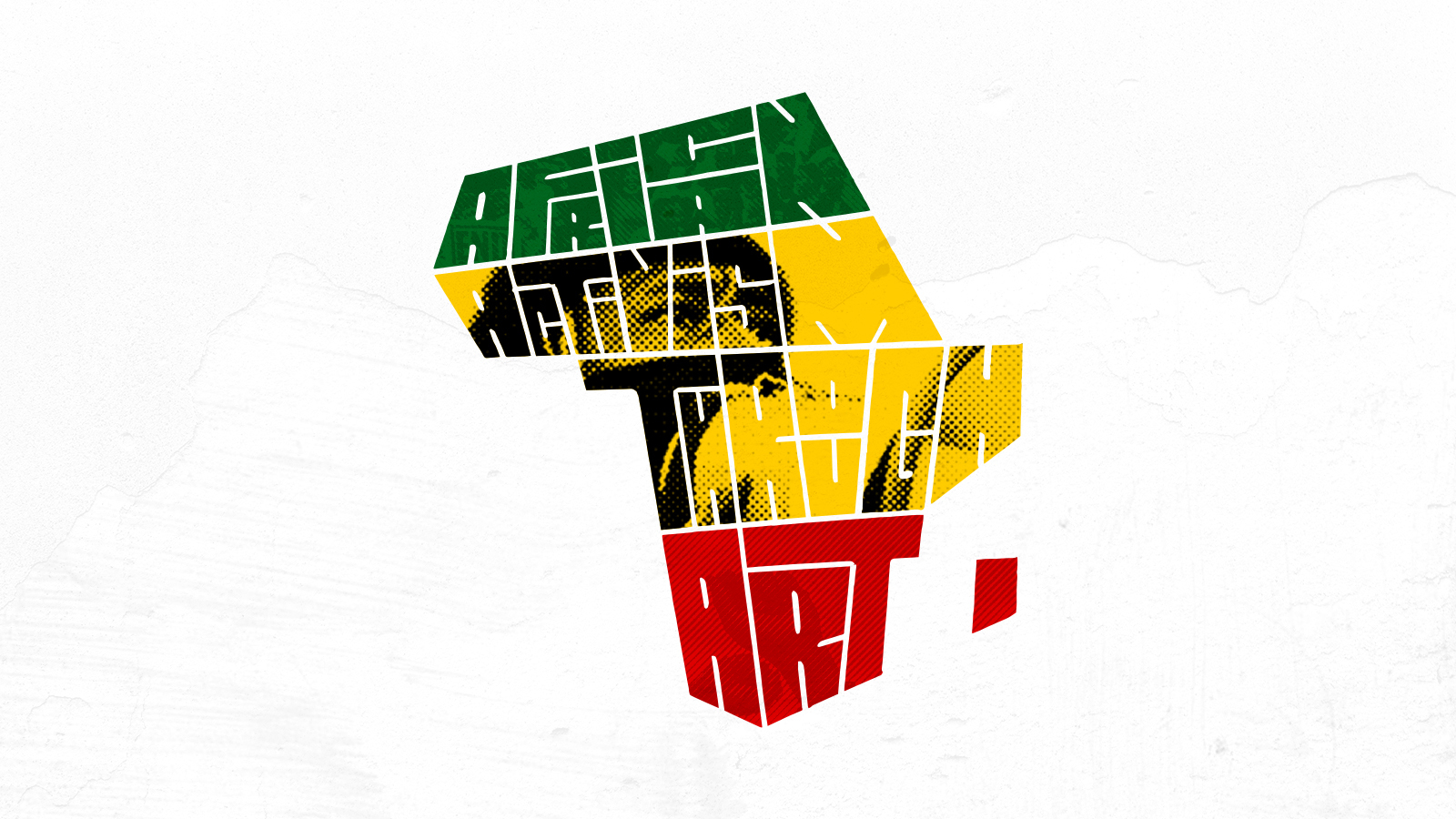African Activism Through Art
by Martha Ndeli, on Feb 28, 2022 3:35:19 PM
Marginalised groups often have their narratives written for them in a way that adjusts the blame onto them, villainises them or dismisses them altogether. African activists have been able to retaliate these forms of gaslighting through artistic expression.
Overcoming the language barrier
Southern African countries have shown a tendency to utilise the English language when practicing activism, as opposed to using African languages. The low percentage of fluent English speakers in these Southern African countries (3.4% in Namibian and 2.8% in Botswana) dilutes the effectiveness of activism. In the same facet, many African languages such as Swahili, isiXhosa, and Oshiwambo do not have definitive words to describe social injustices like homophobia, sexism or gender based violence. The amalgamation of these two obstacles imposes a language barrier that limits the extent of change that activism can compel in southern Africa.
During apartheid, an era of lawful racial segregation, activists used every weapon in their arsenal to express the forceful oppression that intended to dehumanise them. Collectively, more than 35 languages are spoken in South Africa and Namibia. This divide in language only further enforced the tribalistic culture that intentionally separated marginalised ethnic groups in these countries. Because of this, there was minimal practicality in protesting and overthrowing the regime through an individual language. Thus, art was one many powerful weapons that oppressed tribes in Namibia and South Africa could cooperatively use to empower themselves. A weapon that in its use not only uplifted and inspired these groups, but united them as a puissant force. It was able to do so by illustrating a struggle that they could relate to and feel an encouraging sense of community without feeling alienated. The diversity within the art itself represented a myriad of experiences to which they could relate.
Dissociation and complacency
Social media is one of the most popular platforms for practicing modern day activism; a common characteristic of it is the use of hashtags. Consequently, it can be difficult to employ a social or humanitarian movement without it becoming performative. This was exemplified during the peak of the #BlackLivesMatter movement when the #blackouttuesday trend flooded Instagram. It was a short lived effort to create awareness that originally intended to signify committed and intersectional allyship. It became ineffective and performative as it created awareness for a social injustice without relaying why the injustice needed to be eradicated whilst simultaneously playing into "fake woke" culture.

Similar to the the #blackouttuesday movement, many online movements that feature hashtags experience a short life span and perpetuate "fake woke" culture, invoking minor change. Spotlighting African activism, movements that hinged on the use of the hashtag, e.g. #EndSARS, #ShutItAllDown, #CongoIsBleeding, experienced the same fate. They speedily gained attention and momentarily changed the topic of conversation, but burned out just as quickly. This resulted in a toxic cycle that has made sharing African social injustices a zombielike action rather than one fuelled with emotion and passion.
Art, however, has the capability to effectively execute the vision that hashtag driven movements fail to enact. This is because art can evoke both sympathetic and empathetic based actions to the extent that hashtags may be unable to. A painting, photograph or poem has the ability to depict a sorrowful reality that people either resonate with or feel compassion for. Regardless of which side of the scale people fall on, the emotion sparked can inspire them to actively strive to change that reality. This can, for example, be done by using an art piece as reference to explain and share their story of oppression in a way that they are unable to articulate with words.
Art can also act as a catalytic spark of constructive conversation by illustrating the extremity of an injustice without non-marginalised groups feeling antagonised. Additionally, oftentimes hashtag driven movements can unintentionally remove the crucial human element, whereas utilising art as a form of activism can shift focus onto the individuals affected by an injustice by making them the focal point in the art piece. Therefore, whilst art should not be the only form of activism in Southern Africa, it should not be neglected as a tool that can effectively progress the goals and intended outcomes of activism.
Martha Ndeli is studying at PCU's School of Business. Her article was first published in October 2021 for Agora. This article has been reproduced with permission.









